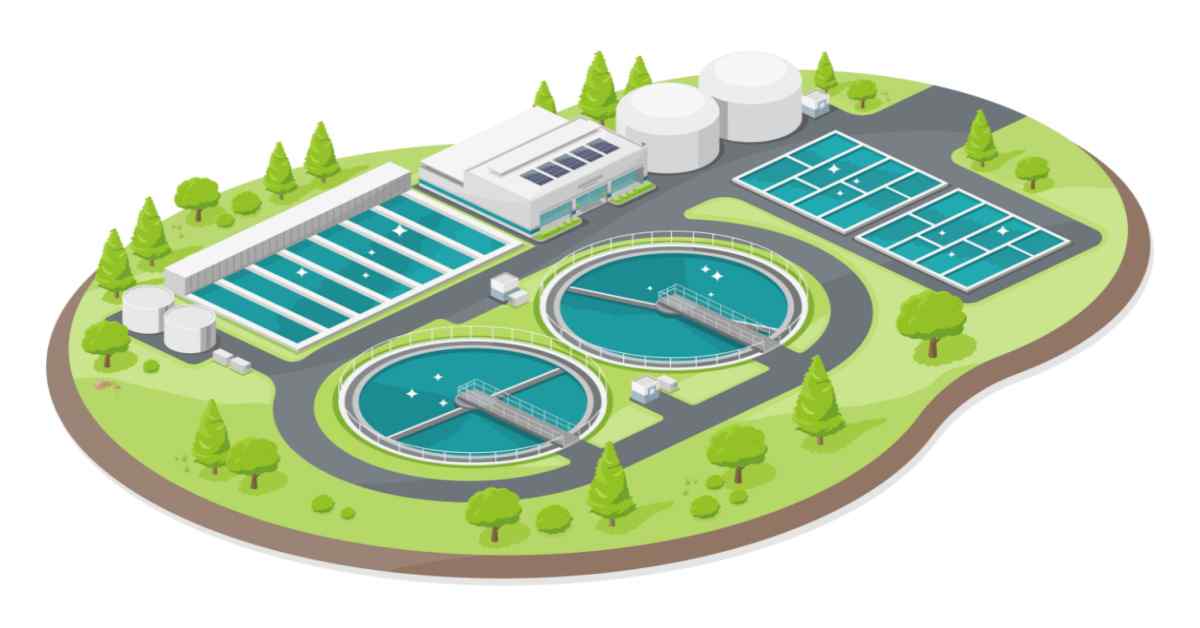Reasonable Options for Home and Business Wastewater Needs
Reasonable Options for Home and Business Wastewater Needs
Blog Article
Comprehending Wastewater Therapy Processes and Their Environmental Influence
The intricacies of wastewater treatment processes play a pivotal role in mitigating environmental challenges associated with water pollution. Each stage, from preliminary to advanced treatments, is developed to attend to certain pollutants, eventually securing both public health and wellness and water ecological communities.
Review of Wastewater Therapy
Exactly how is wastewater changed right into a risk-free resource for the environment? Wastewater treatment is a vital process developed to remove impurities from made use of water, therefore guarding public wellness and shielding ecological communities. This procedure starts with the collection of wastewater from domestic, industrial, and commercial sources, which is after that directed to treatment centers.
At these facilities, different physical, chemical, and biological techniques are used to treat the wastewater. Ultimately, biological therapies, such as turned on sludge processes, use microorganisms to damage down natural matter.
The dealt with effluent can be securely discharged right into all-natural water bodies or reused for watering and commercial purposes, promoting source conservation. Furthermore, the therapy procedure generates biosolids, which can be repurposed as plant foods or dirt amendments, additionally boosting sustainability.
Stages of Treatment Procedures
The wastewater therapy procedure normally contains three main phases: initial, primary, and additional therapy. Each phase serves an unique function in lowering the pollutant load and making sure the effluent fulfills environmental standards before discharge.

The main therapy stage concentrates on the physical separation of put on hold solids from the wastewater. Via sedimentation, larger fragments resolve at the bottom of sedimentation tanks, forming sludge, while lighter materials, such as oils and greases, float to the surface area and are skimmed. This procedure significantly reduces the natural and not natural lots in the wastewater.
Second therapy is an organic process targeted at further decreasing the concentration of raw material. Numerous techniques, including triggered sludge systems and flowing filters, utilize bacteria to metabolize organic toxins. This stage is essential for accomplishing the required biochemical oxygen need (BOD) decrease, ultimately bring about cleaner effluent prepared for discharge or additional therapy. Each phase is vital in securing environmental and public wellness.

Advanced Treatment Technologies
Following the second treatment procedures, advanced therapy modern technologies play an important role in additional enhancing the quality of dealt with wastewater. These modern technologies are created to remove recurring contaminants that are not effectively gotten rid of during main and additional treatments, making certain the effluent fulfills rigid regulative requirements.
Amongst the extensively used sophisticated therapy approaches are membrane filtering, reverse osmosis, and advanced oxidation procedures. Membrane layer filtering, consisting of microfiltration and ultrafiltration, works in separating fine particles, virus, and colloids from the water (Wastewater). Reverse osmosis uses semi-permeable membranes to remove dissolved solids, resulting in top notch water appropriate for various applications
Advanced oxidation procedures (AOPs) use strong oxidants to weaken organic pollutants, including pharmaceuticals and individual care items that are immune to traditional next page therapy. These methods improve the biodegradability of intricate compounds, promoting their elimination.
One more considerable technology is using organic nutrient removal procedures, which especially target nitrogen and phosphorus, protecting against eutrophication in obtaining water bodies. Generally, advanced treatment technologies are necessary for attaining higher degrees of filtration, advertising water reuse, and protecting public health and wellness while resolving the obstacles connected with wastewater monitoring.
Ecological Benefits of Therapy
Numerous ecological benefits occur from efficient wastewater treatment processes that add to ecosystem health and sustainability. Mostly, these processes significantly decrease the launch of damaging toxins right into all-natural water bodies, which helps maintain water environments. By getting rid of pollutants such as heavy steels, nutrients, and microorganisms, treated wastewater alleviates the danger of waterborne illness and promotes biodiversity in marine atmospheres.
In addition, wastewater therapy facilities commonly employ advanced technologies that enable water recycling and reuse. This technique not only saves fresh water resources however likewise decreases the demand on natural water products. Enhanced nutrient elimination from wastewater can additionally avoid eutrophication, a procedure that causes algal blossoms and subsequent oxygen exhaustion in water systems.
In addition, efficient therapy processes can reduce greenhouse gas exhausts, especially methane and nitrous oxide, which are often launched during unattended wastewater decay. By capturing and utilizing biogas from anaerobic digesters, facilities can transform waste into renewable resource, consequently adding to a reduction in nonrenewable fuel source dependency.
Difficulties and Future Trends
While the ecological benefits of wastewater therapy are clear, a number of difficulties continue that prevent ideal outcomes in this area. One major concern is aging facilities, which often leads to inadequacies and increased functional prices - Wastewater. Several therapy plants were created years back, and their capacities do not align with contemporary demands, that include more stringent regulatory requirements and higher volumes of wastewater due to urbanization
Looking in advance, there is a growing focus on source recuperation and round economic climate concepts within wastewater therapy. Advancements such as anaerobic digestion, which can create biogas, and advanced purification technologies go to my blog are acquiring traction. These approaches not just boost therapy effectiveness however also promote sustainability.
Inevitably, resolving these obstacles requires partnership among stakeholders, investment in innovation, and a dedication to ongoing research. By welcoming these trends, the wastewater therapy field can develop to fulfill the demands of a changing environment and culture.
Conclusion
In final thought, wastewater treatment procedures play a crucial function in improving ecological high quality and public health and wellness. The multi-stage therapy structure, paired with sophisticated modern technologies, effectively mitigates air pollution and advertises lasting water administration.
Report this page